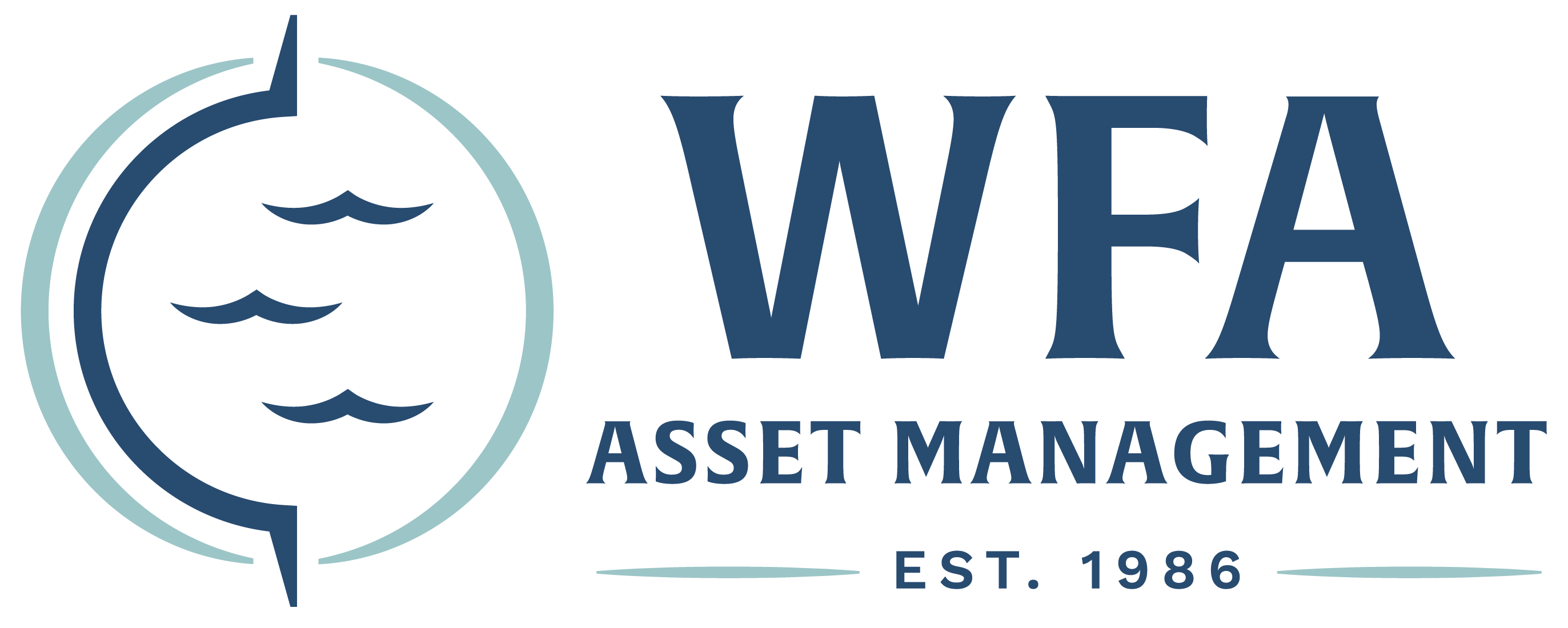Homeowners have used equity in their home as a cash source to fund other goals like
home improvements, consolidating debt, education expenses, medical expenses, etc.
Below is an explanation of three common ways to access your equity, and how they
differ.
Cash-Out Refinance
- Access the equity in your home via a lump-sum loan. You have a new mortgage
that consolidates the original loan and the amount of the cash-out. The
difference between the balances of the new mortgage and your previous
mortgage is paid to the homeowner in cash. - Typically, the property’s loan-to-value metric and the owner’s credit profile will
determine how much you can receive. Therefore, lenders will request an
appraisal of the property and a review of your credit history. - Interest rates, closing costs, and fees can be higher than a standard refinance
because the lender is taking on greater risk. - A cash-out refi is different than the traditional refinancing of a mortgage because
traditional refinancing is used to capture a lower interest rate or adjust the length
of the loan; no cash is received by the borrower.
Home Equity Line of Credit (HELOC)
- “Line of credit” operates similarly to a credit card. You can borrow up to a certain
amount and use it as needed. - The home’s fair market value is used to determine the credit limit. Therefore,
lenders may request an appraisal. - Borrowing is contained to a draw period (typically 10 years) where you only pay
interest. Once that expires, you can no longer borrow and must pay principal and
interest. To minimize interest charges, consider making principal payments
during the draw period. - Unlike a fixed-rate mortgage, the interest rate on a HELOC is typically variable
during the draw period and payment term. This means the rate on a HELOC will
fluctuate in relation to the current interest rate environment. If interest rates rise,
so too may the rate on the HELOC; which could significantly increase the
payments. - If you cannot afford the HELOC payment, foreclosure is a possibility because the
HELOC behaves like a second mortgage.
Home Equity Loan
- AKA Equity loan, home equity installment loan, or second mortgage.
- The loan amount is based on the excess of the market value of the home over
the current mortgage balance, keeping in mind certain loan-to-value metrics.
Borrowers will typically need equity of greater than 20% of the home’s value. - Lenders will likely request an appraisal.
- Unlike a HELOC, repayment terms resemble a traditional mortgage. Fixed monthly payments include principal paydown and interest at a fixed rate.
- If you cannot afford the loan payment, foreclosure is a possibility.
Tax Considerations
- HELOC’s and Home Equity Loans are commonly used to improve the home and
increase its value; resulting in tax-deductible mortgage interest. - However, if the proceeds are not used to improve or repair the home, the interest
is not tax-deductible according to the Tax Cuts and Jobs Act of 2017 which
suspended the deduction for interest paid until 2026 unless the proceeds are
used to “build, buy or substantially improve the home”.
